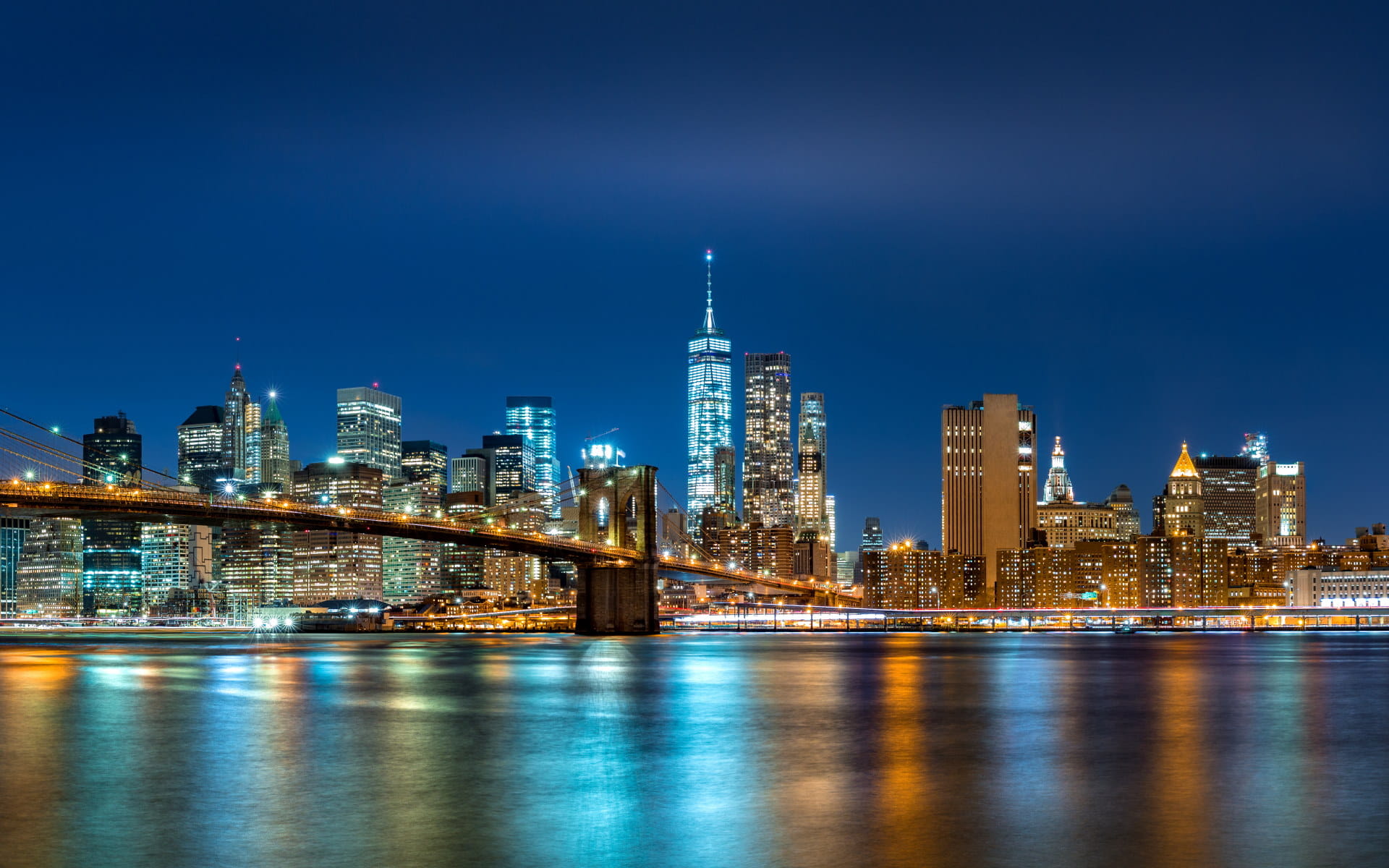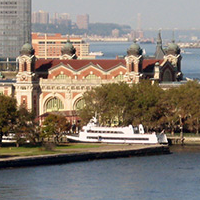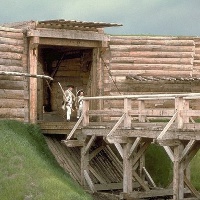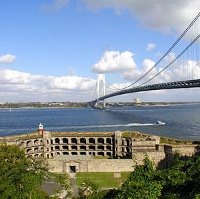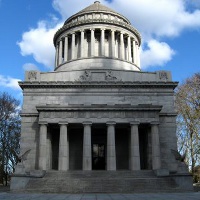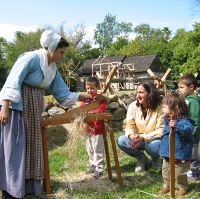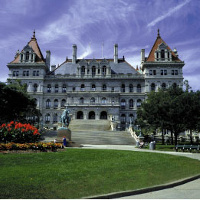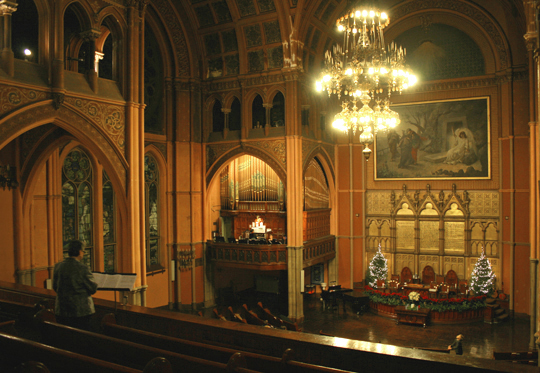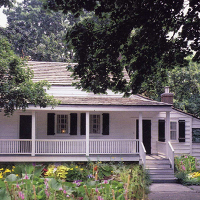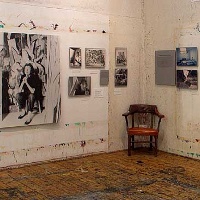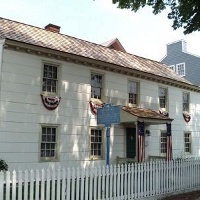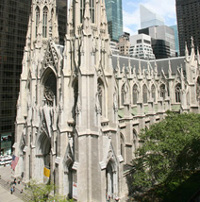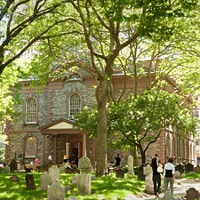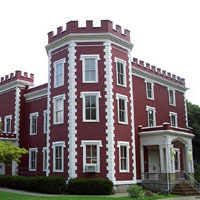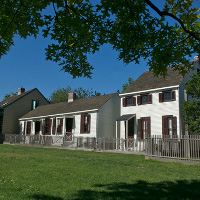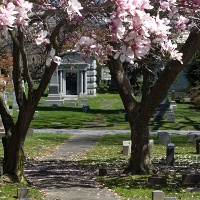× Close Menu
- Best of NY
-
Fun with Kids in NY
- Amusement Parks in NY
- Aquariums in NY
- Arcades in NY
- Art Studios NY
- Batting Cages in NY
- Bowling Alleys in NY
- Childrens Museums NY
- Day Trips with Kids NY
- Daycare Centers in NY
- Educational Attractions in NY
- Go Karts NY
- Kid Friendly Restaurants in NY
- Kid-Friendly Farms in NY
- Laser Tag NY
- Mini Golf NY
- Play Places in NY
- Summer Camps in NY
- Toddler Attractions NY
- Water Parks in NY
- Zoos in NY
- Amusement Parks in NY
-
Outdoor Activities in NY
- Airplane Rides in NY
- Biking in NY
- Boating in NY
- Caverns and Mines in NY
- Extreme Adventures in NY
- Extreme Sports NY
- Hiking in NY
- Horseback Riding in NY
- Hot Air Balloon Rides in NY
- Hunting in NY
- Jetskiing in NY
- Outdoor Leisure Activities NY
- Paddle Boarding NY
- Paintball in NY
- Parasailing in NY
- Shooting Ranges in NY
- Winter Activities in NY
- Airplane Rides in NY
- Trip Ideas in NY

